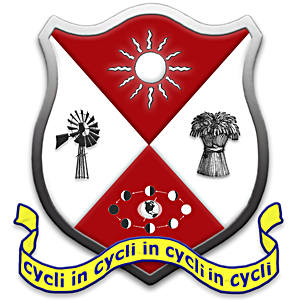Wandering Star
The Living Force
I have searched a bit for the meaning of the triangle within the circle and I have liked the following among the many explanations on the web:
Regarding this, Plato states in the Timaeus that the equilateral triangle symbolizes harmony, divinity and proportion. And that the man is represented by the division in two of that equilateral, becoming a right triangle. His task is to recover that "lost" part through a return, evolutionary transit, and restore the lost balance at the end of the road.
Triangle inscribed in a Circle:
It symbolizes the archetypes or models of the forms that have been, that are and that will be. Eternity resides around them, and from them, time flows like a stream, flooding the worlds (Plutarch).
Regarding this, Plato states in the Timaeus that the equilateral triangle symbolizes harmony, divinity and proportion. And that the man is represented by the division in two of that equilateral, becoming a right triangle. His task is to recover that "lost" part through a return, evolutionary transit, and restore the lost balance at the end of the road.
Triangle inscribed in a Circle:
It symbolizes the archetypes or models of the forms that have been, that are and that will be. Eternity resides around them, and from them, time flows like a stream, flooding the worlds (Plutarch).





